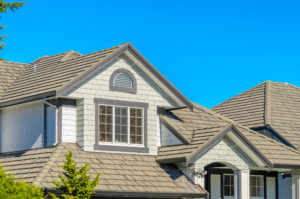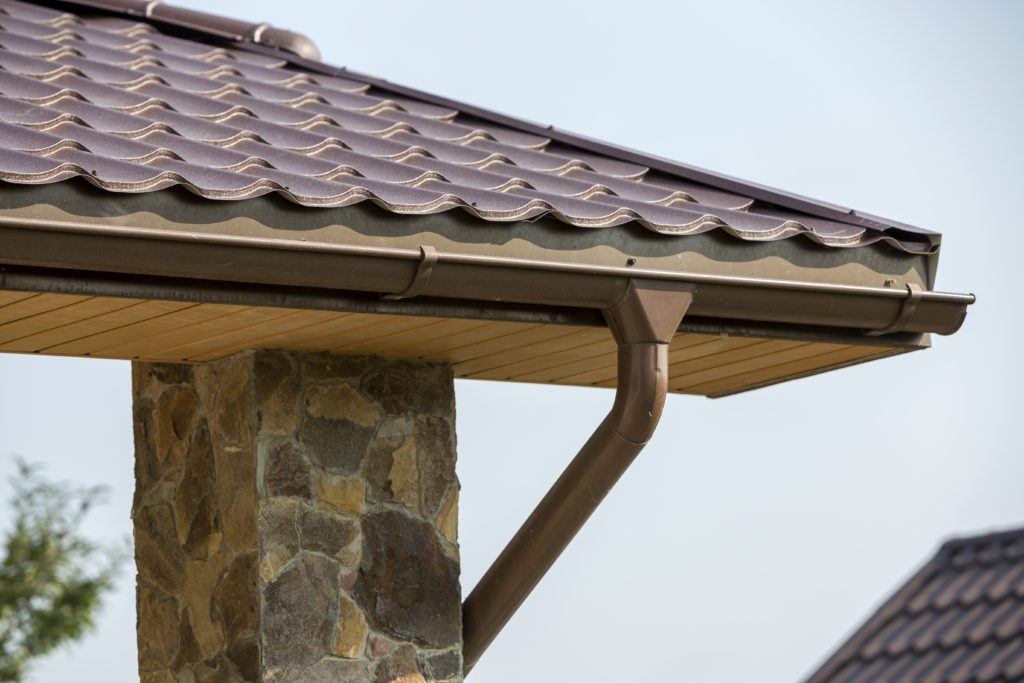

Your soffit and fascia are just as important to your home as your windows, doors, and insulation. Up to 70 percent of homes do not meet basic ventilation requirements in the United States alone, and soffits and fascias play a considerable role in that statistic. Correctly maintained soffits and fascias can reduce the temperature in your attic by as much as 50 degrees.
You might be asking yourself, “What are soffit and fascia?” If you like saving thousands of dollars on energy bills, breathing clean air, and having the envy of the block as your home, let’s look at why they are essential and what to discuss with your roofing contractor.
Soffit is the material that is fastened to the underside of your roof overhang. Depending on preference and budget, soffit can be made from various materials, including (but not limited to) aluminum, vinyl, wood, or steel.
Soffit is crucial because it keeps your attic well ventilated and mold-free.
It prevents moisture from accumulating and acts as a barrier to precipitation that can damage your roof frame. Additionally, it stops hot, humid air from getting trapped, which causes your home to retain the heat.
Soffit also helps to keep wildlife out of your attic or crawlspace.
Fascia board is the front-facing material that caps the end of your roof and typically supports the gutters. Similar to soffit, it is available in various materials—depending on your situation, it may be best to use the same material for the fascia you used for the soffit.
Fascia is vital because—similarly to the soffit—it helps keep moisture and the elements where they belong: outside. Because of its dual role of supporting the gutter or roof drainage system, it also plays a vital role in protecting your home’s foundation by helping to divert moisture away from it.
Simply put, any appraiser or home inspector worth hiring will take a good, long look at your soffit and fascia at some point during the transaction process. Any potential buyers or their realtors will likely take note as well.
You still need to consider the air temperature and ventilation above the ceiling in your living space. This ambient moisture, heat, or cold can adversely affect your heating and cooling bills. Your foundation will benefit as well!
If you’ve often found yourself outside looking up at your soffit and fascia situation, you may be wondering, “Okay, so now what?” Consider the effects of climate and material on these crucial roofing elements.
Vented soffits will save you a ton of money in Minnesota (or any other extreme climate region). The rapidly fluctuating temperatures and humidity levels can wreak havoc on a roof and the home underneath it.
While this is another personal preference, it’s perhaps the most important decision when choosing your soffit and fascia specifications. Matching it up with the existing roofing material is your best bet.
Whether this is your first or your fifth time doing roofing work on your home, you’re always better off calling in the experts for their advice. We’re here for that! Let us help you with any soffit and fascia repair or replacement questions you may have by contacting us here.